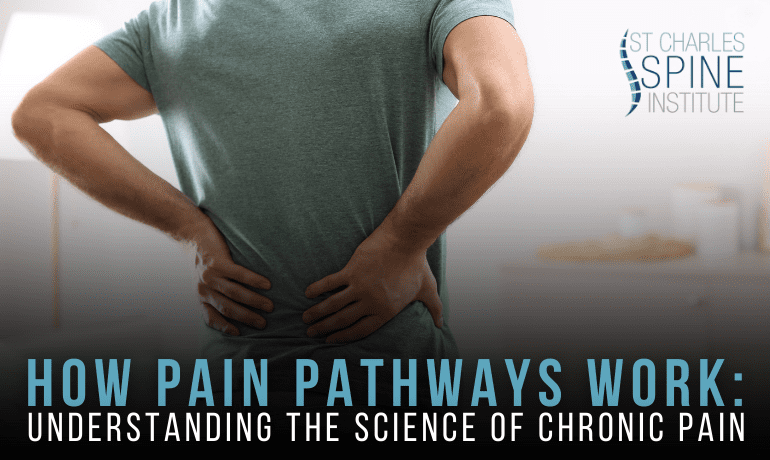How Pain Pathways Work: Understanding the Science of Chronic Pain

At St. Charles Spine Institute, we understand that chronic pain significantly impacts a person’s quality of life. Even when pain can be partially managed by over-the-counter medicines or by limiting activities, chronic pain creates stress, anxiety, and dependence.
To better manage and treat chronic pain, it’s essential to understand how pain pathways function and why chronic pain persists despite countermeasures. Let’s explore this issue by covering the differences between acute and chronic pain and how advancements in pain management may help patients overcome chronic pain issues.
The Basics of the Body’s Pain Pathways
Pain is a complex biological process that serves as the body’s warning system, alerting us to injury or potential harm. The sensation of pain begins when nerve endings receive and detect stimuli such as extreme temperatures, pressure, or tissue damage. These nerve endings send signals through the nervous system, ultimately reaching the brain’s nerve center, where pain is perceived.
The pain pathway involves several key components:
- Peripheral Nervous System (PNS): You have nerve receptors throughout your body called nociceptors. Nociceptors in the skin, muscles, joints, and organs detect harmful stimuli (such as those that cause pain), sending electrical signals to your spinal cord through sensory nerves. (Nociceptors can also detect other stimuli, such as tickling, warmth, and itching.)
- Spinal Cord Processing: Pain signals enter the spinal cord via the dorsal horn, where they are modulated and relayed to higher brain centers.
- Brain Perception: Pain signals reach the brain’s thalamus, which acts as the brain’s relay point for distributing sensory information to the parts of the brain responsible for sensory processing, emotional response, and decision-making.
- Descending Modulation: The brain can modulate pain signals by releasing neurotransmitters that either amplify or dampen the perception of pain.
Acute vs. Chronic Pain: What’s the Difference?
There is a clinical difference between acute and chronic pain not just in how it is perceived but in how it can be treated:
Acute Pain: Acute pain is temporary; it usually resolves once the underlying injury or cause is treated. It serves a protective function, alerting the body to address the injury and helping the body heal to prevent further damage. Examples include post-surgical pain, fractures, and burns.
Chronic Pain: When pain persists beyond the expected healing time (typically more than three to six months), it is classified as chronic pain. Unlike acute pain, there may not be a clear cause for chronic pain, and it can result from chronic conditions including arthritis, nerve damage, or previous injuries that have not fully healed or healed poorly. It often involves changes in the nervous system that make pain signals persist even after the original injury has resolved itself.
Why Does Pain Persist or Become Chronic?
Chronic pain occurs when the nervous system undergoes maladaptive changes, leading to a heightened sensitivity to pain. Several mechanisms contribute to this process:
- Sensitization: Nerve pathways can become hyperactive over time, amplifying pain signals. This is known as central sensitization, a hallmark of chronic pain conditions.
- Neurotransmitter Imbalances: When imbalanced, chemical messengers in the brain and spinal cord, such as glutamate and substance P (a neuropeptide that acts as a neurotransmitter), can increase pain sensitivity.
- Maladaptive Neural Plasticity: The brain and spinal cord can undergo structural changes, reinforcing pain perception even without an active injury.
- Emotional and Psychological Factors: Chronic pain may be closely linked to a patient’s emotional state, such as stress, anxiety, or depression. The brain’s limbic system, responsible for emotional processing, can heighten the perception of pain.
Advancements in Chronic Pain Management
St. Charles Spine Institute utilizes a range of advanced treatments to address chronic pain by targeting different points along the pain pathway.
1. Interventional Pain Procedures
Minimally invasive treatments include epidural steroid injections, nerve blocks, or radiofrequency ablation, which can help disrupt pain signals and provide relief.
2. Regenerative Medicine
Stem cell therapy and platelet-rich plasma (PRP) therapy promote tissue healing and reduce inflammation, offering potential long-term pain relief.
3. Neuromodulation Techniques
Spinal cord stimulation and peripheral nerve stimulation are treatments that involve implanting devices that deliver electrical impulses to modulate pain signals before they reach the brain.
4. Physical Therapy and Rehabilitation
Strengthening and retraining the musculoskeletal system through physical therapy is often effective in helping patients manage chronic pain by improving mobility and function.
5. Cognitive and Behavioral Approaches
In some instances, psychological interventions like cognitive-behavioral therapy (CBT) or mindfulness techniques help patients develop coping strategies that can help lessen the emotional impact of chronic pain, leading to less stress and depression.
Explore Remedies for Chronic Pain at St. Charles Spine Institute
Chronic pain is a complex condition that can arise from multiple causes involving intricate pain pathways and nervous system adaptations. If you suffer from severe chronic pain that limits mobility or inhibits your ability to function, we know that you can feel frustrated, discouraged, and sometimes hopeless.
St. Charles Spine Institute in Thousand Oaks, California, specializes in advanced interventional pain management techniques designed to address chronic pain at its source. We work with our patients to assess the pathways through which pain is channeled and develop a treatment plan that will effectively address and resolve it, providing you with a route to a better quality of life. If you or a loved one is struggling with ongoing pain, contact St. Charles Spine Institute today to schedule an appointment for an evaluation and to explore treatment options.
